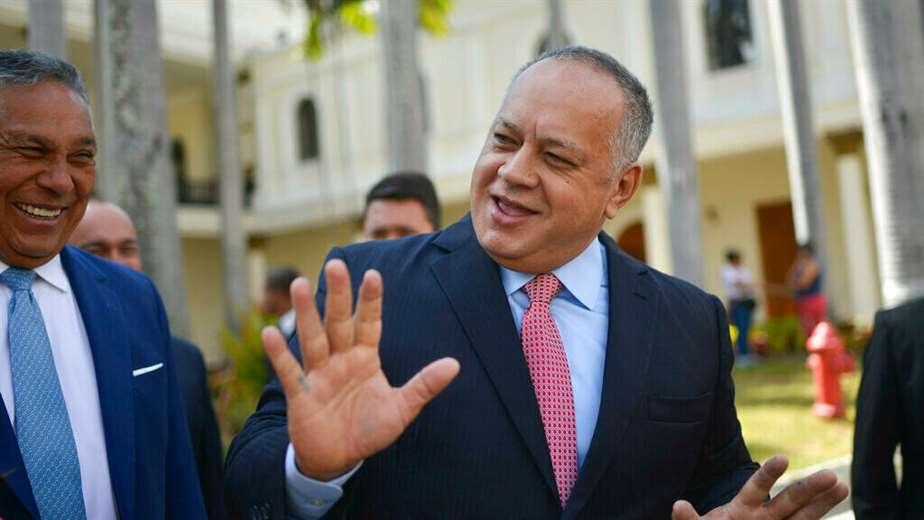The pace of adjustment of the basic interest rate, the Selic, should decrease. This forecast is in the minutes of the last meeting of the Monetary Policy Committee (Copom), released today (8) by the Central Bank (BC), but may be revised so that inflation converges towards the target.
Last week, the committee increased the Selic rate from 9.25% to 10.75% per year, having as justification the increase in food, fuel and energy inflation. It was the first time – since July 2017, when it reached 10.25% per year – that the Selic rate has reached a double-digit mark.
“Regarding its next steps, the Committee sees a reduction in the pace of adjustment of the basic interest rate as more appropriate at this time. This signal reflects the stage of the tightening cycle, whose cumulative effects will manifest themselves over the relevant horizon”, says the minutes published today by the BC.
The Copom also highlights that the “future steps of monetary policy may be adjusted to ensure the convergence of inflation to its targets, and will depend on the evolution of economic activity, the balance of risks and inflation projections and expectations for the relevant horizon of the policy”. monetary”.
The Selic is the Central Bank’s main instrument to keep official inflation under control, as measured by the Broad National Consumer Price Index (IPCA). In 2021, the indicator closed at 10.06%at the highest level since 2015, pressured by the dollar, fuels and the rise in electricity.
projections
In the reference scenario described by Copom, with a trajectory for the interest rate extracted from the Focus survey and the dollar quoted at R$ 5.45, inflation projections would be around 5.4% for 2022 and 3.2% for 2023 This scenario assumes an interest rate trajectory that rises to 12% per year in the first half of 2022, ends the period at 11.75% per year and drops to 8% per year in 2023.
According to these projections, inflation will end 2022 above the target of 3.5%. The tolerance limit is 1.5 percentage points. That is, inflation can be between 2% and 5%.
For 2023, the center of the target is 3.25%, also with a tolerance of 1.5 percentage points.
The projections for the inflation of administered prices are 6.6% for 2022 and 5.4% for 2023. “A red flag level 1 tariff hypothesis is adopted in December 2022 and December 2023”, projects the committee.
Risk factors
According to the Copom reference scenario, inflation involves risk factors in both directions. On the one hand, a “possible reversal, albeit partial”, of the increase in the prices of commodities in local currency would produce an inflation trajectory below the baseline scenario. On the other hand, “fiscal policies that imply a further boost to aggregate demand or worsen the future fiscal trajectory could negatively impact the prices of important assets and increase the country’s risk premiums”.
Public Accounts
In the risk assessment described in the minutes, the Copom argues that, even in a situation of more positive performance of public accounts, uncertainty regarding the fiscal framework continues to maintain “a high risk of de-anchoring inflation expectations”, which ends up imply a “higher probability” of above-projected inflation paths.
“Uncertainty regarding the future of the current fiscal framework results in higher risk premiums and increases the risk of de-anchoring inflation expectations. This implies assigning greater probability to alternative scenarios that consider higher neutral interest rates. The Copom reiterates that the process of reforms and necessary adjustments in the Brazilian economy is essential for the sustainable growth of the economy”, says the minutes.
Full employment
The committee emphasizes that the latest Selic-related decision reflects the “reference scenario” and a balance of risks of “higher than usual variance for prospective inflation”, thus being “compatible with the convergence of inflation to the targets over the long term”. relevant horizon, which includes calendar years 2022 and, to a greater extent, 2023”. “Without prejudice to its fundamental objective of ensuring price stability, this decision also implies smoothing fluctuations in the level of economic activity and promoting full employment”, the minutes add.









